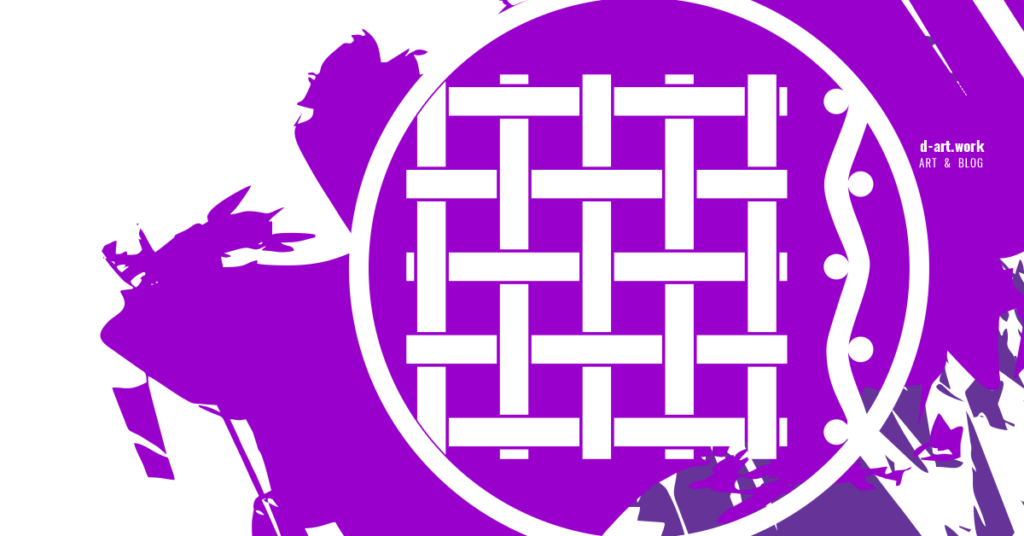Silkscreen mesh, the fabric applied to the print screen frame refers to an appropriate type of fabric used for the effect of the matrix (or stencil) through which the ink circulates during printing, thus constituting another fundamental piece for a good final result.
The success of the print depends substantially on the quality of the mesh, which, among other properties, should have homogeneous texture, adequate elasticity (elastic memory), strong resistance to abrasion, wear and the aggressiveness of the chemical products involved in developing, printing and washing.
Nowadays, there are two categories of mesh – the synthetic fibre mesh and the metal fibre mesh. Within each category are various types, such as nylon, polyester and polyarylate in synthetic fibres; stainless steel wire and tungsten wire in metal fibres, for example. The choice of the different types and categories depends on the purpose of the print, whether it is for textiles, concave media, hot printing, and so on.

Used in most cold applications; textiles, paper, cardboard, plastic, glass, wood, etc.
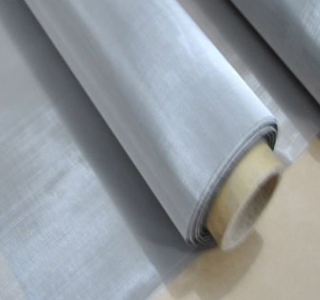
Used in hot stamping and printing where dimensional accuracy, high temperature resistance and electrical conductivity (electronic components) are required.
The appropriate fabric for most common applications is polyester synthetic fibre fabric, the most versatile and therefore most widely used. It has better resistance and less elasticity than nylon; used for posters, graphics, signs, printed circuit boards, textiles and flat glass printing.
Once the category and type of mesh has been chosen, it is still necessary to decide on the lineage, either in number, thickness or type of braiding. When you buy the mesh or even the frame already woven, the technical reference may vary a lot from shop to shop, alternating between a more technical information and another one referring only to lineage and colour. This issue may cause some confusion to those who establish contact with screen printing for the first time, so, although it may make this post a little compact, it is useful to clarify the geometry of the mesh for greater freedom of interpretation of the references on the market, as well as a better understanding of the process.
Currently, most meshes are manufactured in monofilament (single strand filaments), as this type allows good detail reproduction, performs well in extended printing periods, less prone to mesh clogging during printing, given the fineness and polish of the wires. Meshes made of multifilament (filaments made up of several twisted wires) are suitable for the textile industry and printing of rough or rounded surfaces due to their greater elasticity, also presenting better absorption of the emulsion applied directly, although for this very reason they also become more difficult to clean and recover.
The geometry of the fabric involves three aspects in its manufacture:
1. the number of filaments per square centimetre;
2. the thickness of the filament;
3. the type of braid or weft.
The diameter and number of filaments determine the aperture/opening of the mesh, i.e. the measurement of the micro spaces between adjacent threads, and this aspect is directly related to the ink and the final print result. Translated into reference, if when checking the price of the meshes in an online shop a code like 110-W 43T PW appears, it means that the mesh has the colour white, 110 threads per square centimetre, average diameter 43 (grams per 1000 metres) and taffeta (or plain) weft.
110 – number of filaments
W – filament colour – White
T – diameter of filament – Medium Thread Diameter
PW – weave filament – Plain Weave (or Taffeta)
Completing the previous information, there are three defined thread thicknesses for Screen Printing screens, represented by the letters S (Small), T (Medium) and HD (Heavy). The types of weave alternate between plain and twill for screens in the synthetic fiber category, represented by the letters PW (Plain Weave) and TW (Twill Weave), with Plain Weave being the most used weave for most applications, due to its ability to produce well-defined matrices.
Twill weaves provide a higher volume of dye when used in larger meshes, but in return reduce the level of detail in the development.
SILKSCREEN MESH GEOMETRY
ZOOMED WIRE SIMULATION
TYPES OF BRAIDING
SILKSCREEN MESH


The colours used generally vary between yellow and white, whose difference is related to the development of the matrix. Dyed fabrics absorb UV light, thus minimising light scattering, avoiding overexposure, ideal for detail work requiring better resolution and definition. However, coloured fabrics require 50% to 150% more exposure time compared to white fabrics. For work without details, the white mesh is preferable due to its speed of development and washing.
The white screen refracts the light beyond the limits of the stencil during exposure, transmitting the light along the filaments in a manner identical to an optical fibre, reducing the definition of the stencil.
The geometry of the mesh has a major influence on print quality, implying definition of details, contours, lines and halftones, ink release properties and print speed in relation to its viscosity, flow and profitability.
As you can imagine, all these variants multiply the number of options; there are more than 400 different screens resulting from combinations between the factors of their geometry and fibre material, so confusion in choice is inevitable.
It is generally taken as a reference the most versatile fabric, the one that provides a wider range of applications and, therefore, the most sold in the market, which is why many shops do not even sell other fabric options, and may not even mention technical details such as the fibre, the wire diameter or the braiding, assuming polyester, medium diameter (T) and plain weave (PW) as the most appropriate characteristics for most applications.
Types Of Print Spot
Filament Diameters and Applications


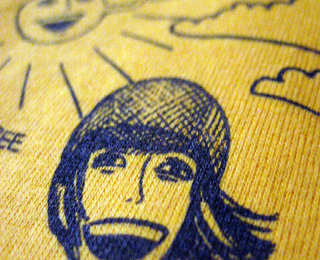
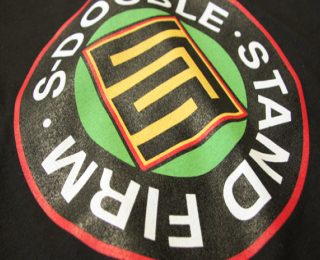


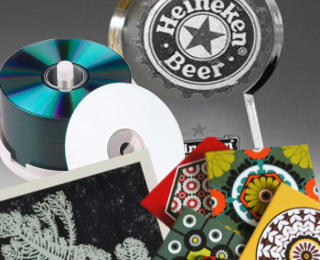
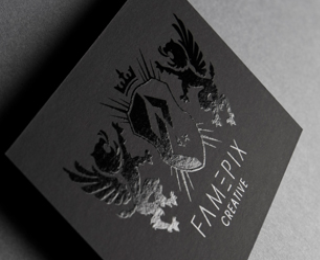
Find references and more knowledge in Learning Links
